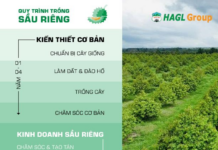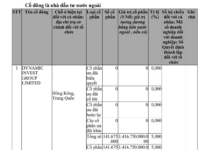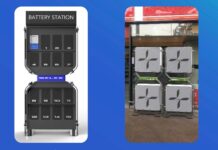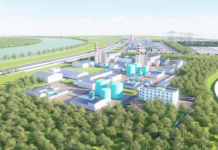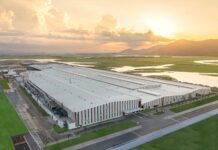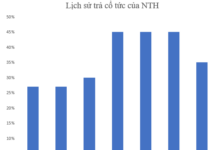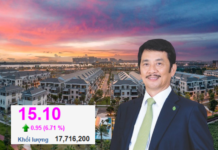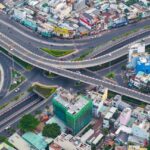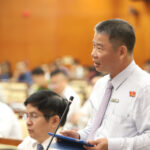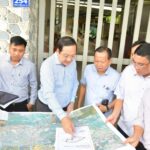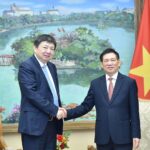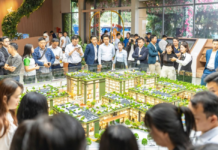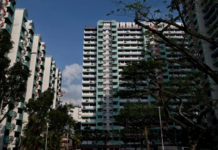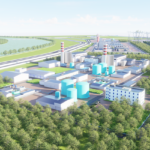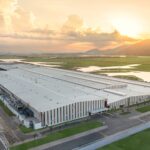Southern Real Estate Gains Spotlight
Data from the Vietnam Real Estate Market Research and Evaluation Institute (VARS IRE) reveals that by the end of Q3, approximately 30% of transactions in the Southern region were from Northern investors, a 10% increase from Q2 and double the figure from the same period last year. In some projects by major developers—where prices are considered more affordable compared to Hanoi—a 5% surge was recorded within a week following positive infrastructure news.
According to Savills HCMC’s Research Department, Northern investors’ capital is flowing southward. In Binh Duong, former Long An, and Dong Nai, Northern investors account for 10-20% of market transactions.
One Mount Group’s data also indicates that over 50% of Hanoi buyers intend to purchase property in HCMC, with 20% ready to invest this year.
Batdongsan.com.vn reports that as of September, interest in Dong Nai properties rose by 21%, double that of Eastern HCMC and surpassing other areas. The Eastern HCMC border market’s appeal is further highlighted by its rental yields. While District 2, District 9, and Thu Duc offer yields of 2.1%, 2.7%, and 3.3% respectively, Bien Hoa leads at 4.4%, followed by Nhon Trach at 3.2%.
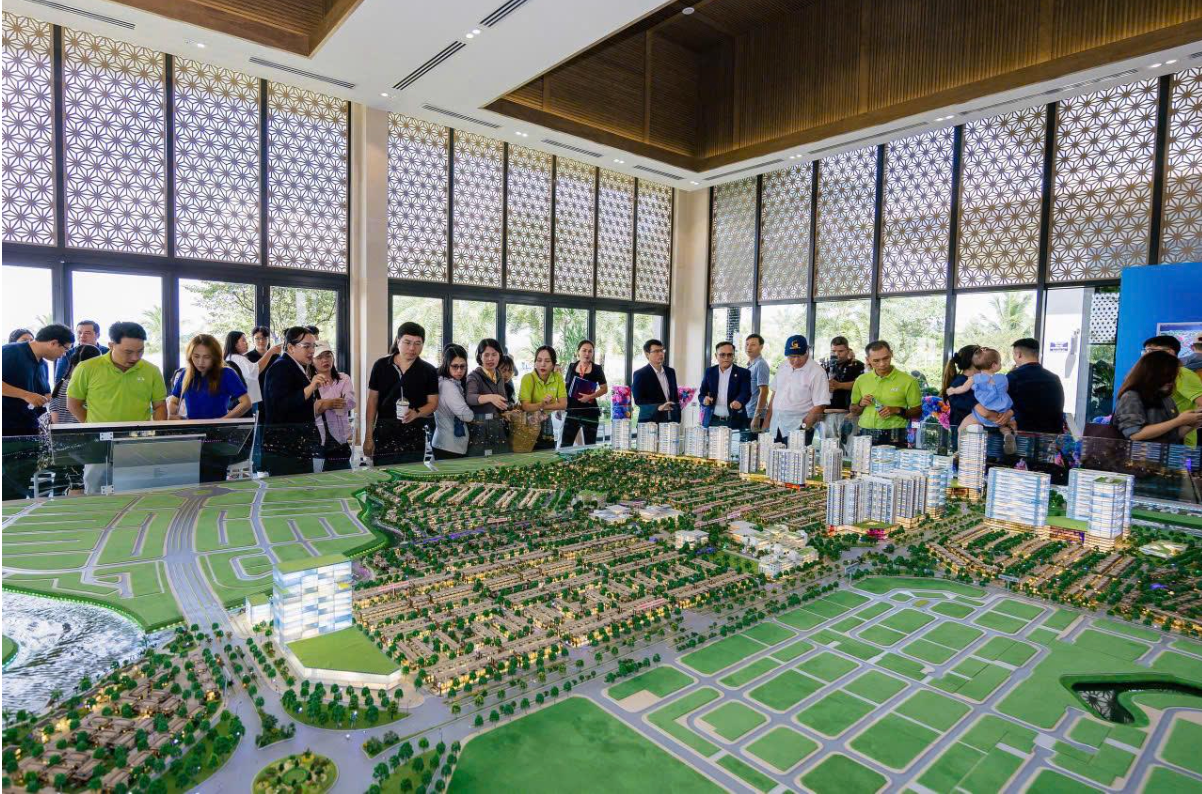
Prospective buyers visiting an Eastern HCMC border project.
This underscores Bien Hoa, Dong Nai’s profit potential, appealing not only for long-term holding but also short-term rental income—a key factor for investors seeking high liquidity.
In the land plot segment, Eastern HCMC is rebounding. September interest rose 6% from April 2025, outpacing the West (+3%) and North (+5%), contrasting the South’s decline.
In Bien Hoa and Long Thanh, Q3 asking prices ranged from VND 16–23 million/m², up 5–7% from Q1. Compared to HCMC’s average of VND 130 million/m², this gap highlights significant growth potential.
Interest in low-rise urban properties in Bien Hoa—Eastern HCMC’s border area—surged 58% in Q3. HCMC’s low-rise prices slightly dipped to VND 248 million/m², while Dong Nai’s border area prices hover around VND 55 million/m², up 6% since Q1 2023.
Affordable options remain, such as Izumi City (Long Hung, Dong Nai), priced at ~VND 45 million/m² across 170 hectares.
Why the Shift?
Nguyen Quoc Anh, Batdongsan.com.vn’s Deputy Director, advises short-term investors to focus on established urban areas with rental or residential potential. Long-term, infrastructure progress and urbanization will define Eastern HCMC’s value.
“As HCMC’s core prices rise and land becomes scarce, outward expansion is inevitable. Dong Nai, as the Southeast gateway, offers a ‘triple advantage’: low land prices, accelerating infrastructure, and high rental yields,” Quoc Anh notes.
Nguyen Thi Mien, Vice Director of Vietnam Real Estate Research Institute, highlights capital shifting southward due to Northern price hikes (2023–2024), limited supply, and planning reviews. Investors now target HCMC, Dong Nai, and Binh Duong for their infrastructure and land availability.
Mien predicts this southward trend will persist. HCMC’s satellite cities benefit from infrastructure and policies. Southern projects in H1 2025 doubled those in the North.
Northern investors, adept at infrastructure trends, seek opportunities in developing areas. Unlike Southern investors who prioritize dual-purpose properties, they focus on price appreciation potential in peripheral cities.
Revived Real Estate Market in Ho Chi Minh City: A Legal Minefield for the Uninformed
Northern investors are increasingly eyeing the Ho Chi Minh City real estate market. However, disparities in legal frameworks, urban planning, and market dynamics can lead to unmet expectations for those unfamiliar with the Southern landscape. Understanding the local “rules of the game” is crucial for success in this vibrant market.
Ho Chi Minh City Chairman Addresses $430 Million Flood Control Project and Rail Link to Long Thanh Airport
The Chairman of the Ho Chi Minh City People’s Committee announced that the Standing Committees of the Ho Chi Minh City Party Committee and the Dong Nai Provincial Party Committee recently convened and reached agreements on numerous inter-regional transportation connectivity projects. These initiatives encompass both rail and road infrastructure, as well as bridge connections between the two localities.
Exciting News: Ho Chi Minh City’s Ring Road 4 Project Extends to Tay Ninh Province
The People’s Committee of Tay Ninh Province has tasked and directed relevant departments to urgently initiate investment preparation steps.
Deputy Prime Minister Hồ Đức Phớc Meets with Chairman of China’s Hua Tie Group
On the afternoon of November 15th, Deputy Prime Minister Hồ Đức Phớc received Mr. Dương Vệ Đông, Chairman of the Board of Directors of Hua Tieh Group (China), along with leaders from the Jiangsu Enterprise Association in Beijing and representatives from several enterprises and investment funds affiliated with the Association.












